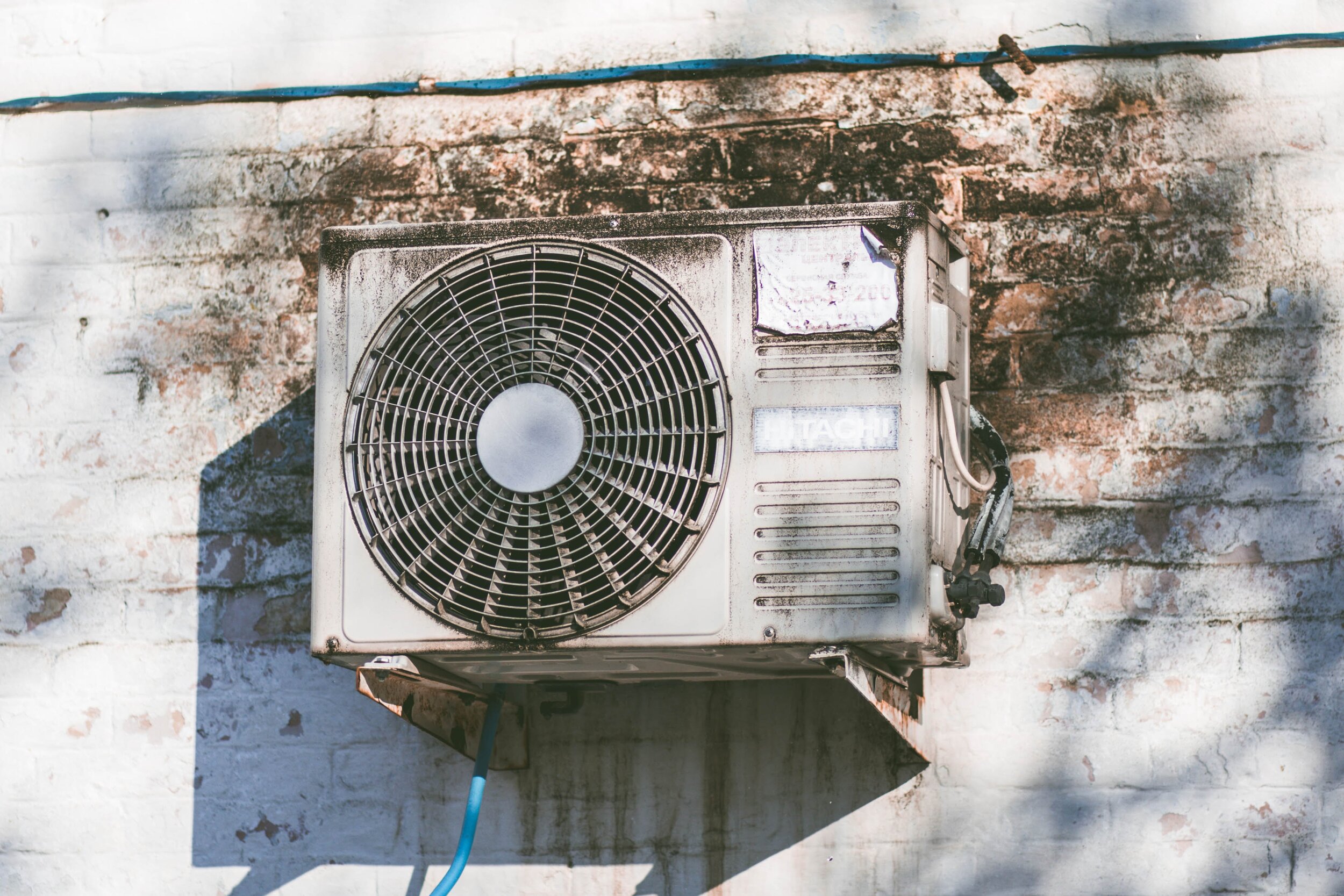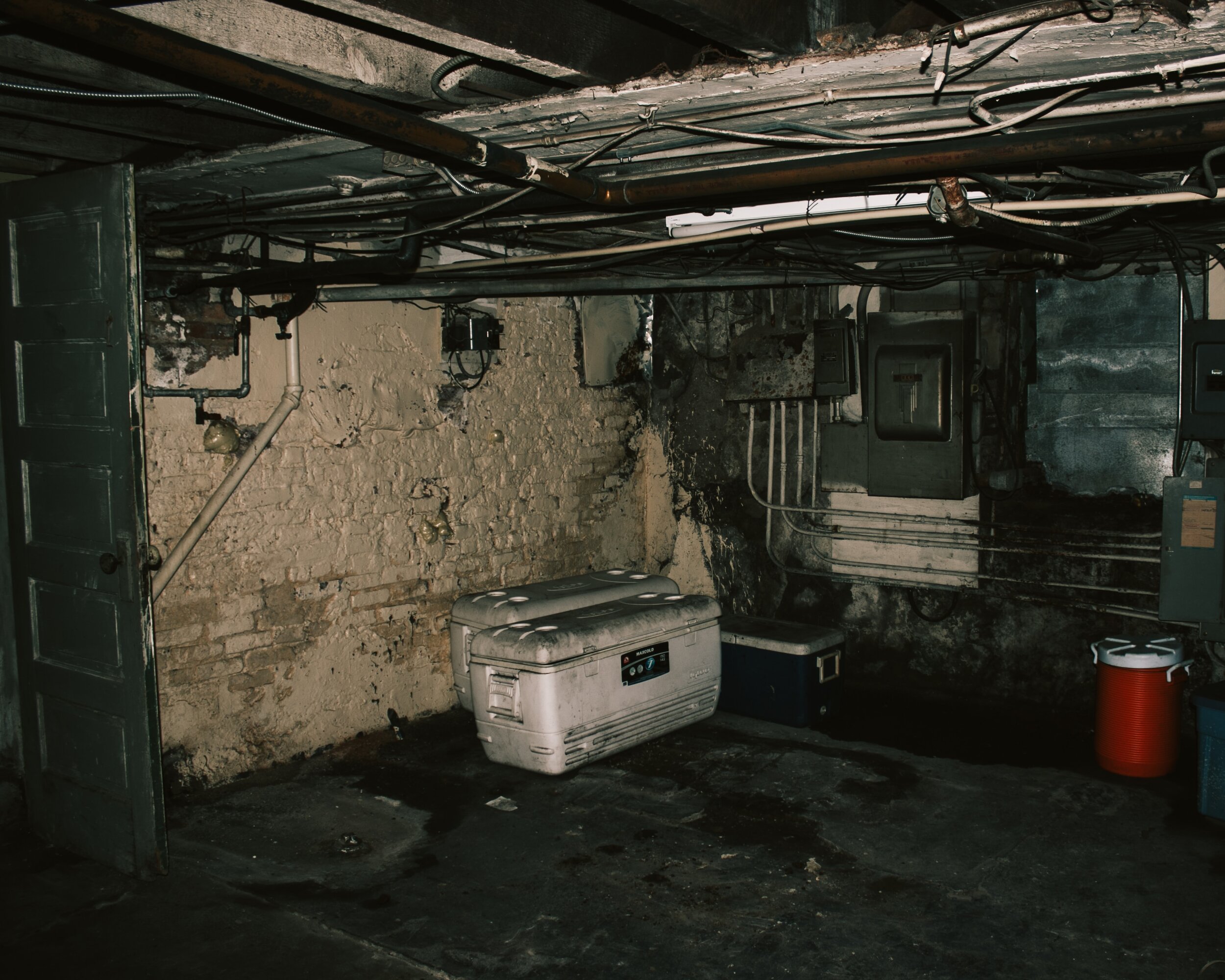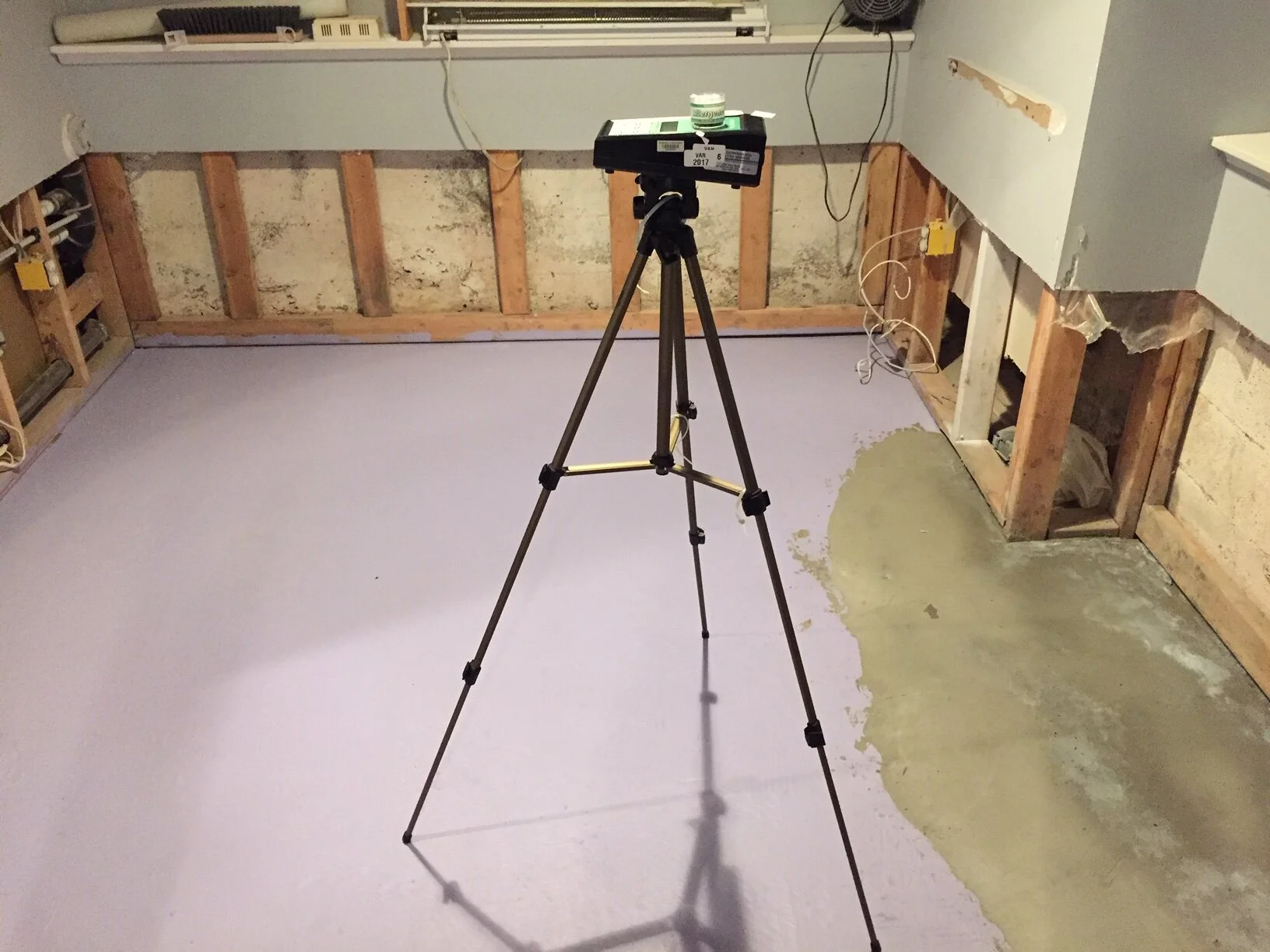Poor air quality can lead to issues such as occupant complaints, worker dissatisfaction, and even health conditions in some cases. Indoor air can be affected by a wide range of contaminants and factors, and therefore, a thorough assessment requires a multi-faceted approach which assesses or considers the following:
Building History: Previous and current building use may impact current conditions and air quality.
Contaminants: Chemical and biological contaminants can impact air quality.
Physical Factors: Temperature, humidity, lighting, air movement and velocity can all affect the indoor environment and (air) quality.
Water Intrusion: Moisture and water presence in a building are red flags for indoor air quality issues, such as mould growth.
Mechanical Systems: Heating, ventilation and air conditioning systems require proper installation and maintenance in order to maintain adequate air quality and building comfort.
Aura develops a suitable assessment strategy following initial information gathering which commonly includes a site walkthrough. Depending on the suspected issues of concern, various measurements and samples are collected during the assessment by Aura industrial hygienists. Monitoring results and sample analyses are then compared to applicable standards, regulations, guidelines, and industry best practices in order to inform clients on conclusions and recommendations in order to mitigate issues and deficiencies.





Stories from the Field
Levi was involved in a project involving worker complaints regarding indoor air in one wing of their commercial building. Through visual inspection of the ventilation system and measurement of indoor air quality parameters such as carbon dioxide, a lack of fresh air was identified as the root cause. The lack of fresh air was contributing to build-up of other contaminants in the space and general complaints of stale air. This issue was able to be mitigated by installation of new HVAC units.


